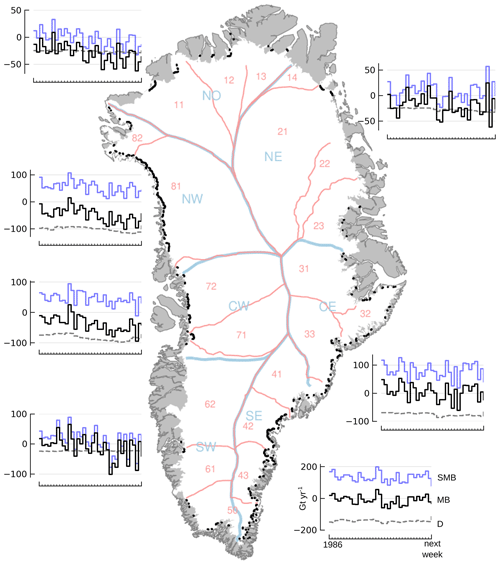
Baseball-Sized Hail Wreaks Havoc on Million-Dollar 5.2 Megawatt Community Solar Project in Nebraska, Destroying Over 14,000 Solar Panels | The Gateway Pundit | by Jim Hᴏft
On a not-so-sunny day in Scottsbluff, Nebraska, a 5.2 MW solar farm, part of the Nebraska Public Power District (NPPD’s) Sunwise program, was recently destroyed by a baseball-sized hailstorm.
Baseball-Sized Hail Wreaks Havoc on Million-Dollar 5.2 Megawatt Community Solar Project in Nebraska, Destroying Over 14,000 Solar Panels
how would one rectify spraying to reduce sunlight while simultaneously moving towards solar panel farms? one should know that solar panels absorb heat, maybe we should ban solar panels.
Last edited:






